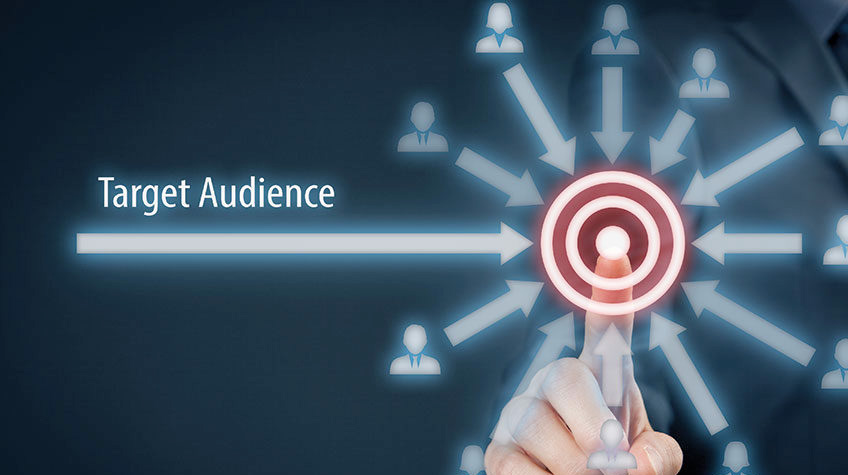In today’s competitive business landscape, reaching the right audience is pivotal for the success of marketing campaigns. Without a well-defined target audience, even the most creative campaigns risk falling flat. Effective lead generation hinges on the precision with which a business can identify and engage its optimal audience. By leveraging data analytics and customer insights, companies can streamline their efforts, ensuring higher conversion rates and better resource allocation. Here, we explore effective strategies for targeting the right audience and optimizing lead generation efforts.
One of the foundational strategies for identifying the right audience is to develop detailed buyer personas. These personas represent semi-fictional characters based on real data about your current customers and market research. Information such as demographics, behavior patterns, motivations, and goals help paint a clearer picture of who you should be targeting. By understanding the needs and preferences of these personas, businesses can tailor their messages to resonate more deeply with their intended audience, thereby improving engagement and conversion rates.
Once buyer personas are established, the next step is to segment your audience. Audience segmentation involves dividing a broad consumer or business market into sub-groups of consumers based on some type of shared characteristics. These segments can be based on various factors such as demographics, psychographics, buying behavior, or geographic location. This tailored approach ensures that marketing efforts are more relevant to each segment, thereby increasing the likelihood of generating quality leads.
Data analytics plays a critical role in optimizing these strategies. Through tools like Google Analytics, social media analytics, and CRM software, businesses can gather vast amounts of data about their audience’s behavior and preferences. For instance, web analytics can reveal which pages on your site attract the most visitors and what content is most engaging. Social media analytics can provide insights into the types of posts that garner the most engagement and the demographics of your followers. This data enables businesses to make informed decisions about where to allocate their marketing resources for maximum impact.
Customer insights can dramatically enhance lead generation efforts. By collecting feedback directly from customers through surveys, interviews, and social media engagement, businesses can gain a deeper understanding of their audience’s needs and pain points. This qualitative data complements the quantitative data gathered through analytics, providing a more holistic view of the audience. Actionable insights derived from this data can be used to refine marketing messages, develop new products or services, and improve overall customer experience, all of which contribute to more effective lead generation.
Marketing automation tools are also indispensable in targeting the right audience. These tools allow businesses to automate repetitive tasks such as email marketing, social media posting, and ad campaigns. More importantly, they can be used to personalize marketing efforts at scale. For example, an email marketing platform can segment your email list based on user behavior and send personalized messages to different segments. This level of personalization can significantly improve engagement rates and lead generation outcomes.
The use of predictive analytics can further enhance audience targeting. Predictive analytics involves using historical data, machine learning, and statistical algorithms to predict future behavior. For example, it can help identify which leads are most likely to convert based on past interactions and behaviors. By focusing on these high-potential leads, businesses can allocate their resources more efficiently and improve their conversion rates.
Optimizing your marketing campaigns often involves continuous testing and tweaking. A/B testing, for instance, allows businesses to compare two versions of a marketing asset (such as an email, landing page, or ad) to see which performs better. By testing different elements and analyzing the results, businesses can make data-driven decisions to refine their campaigns and enhance their effectiveness over time.
In conclusion, targeting the right audience is a multi-faceted process that requires a deep understanding of your market and customers. By developing buyer personas, segmenting your audience, leveraging data analytics and customer insights, using marketing automation tools, and employing predictive analytics, businesses can optimize their lead generation efforts. Continuous testing and refinement are essential to keep up with changing market dynamics and consumer preferences. When done correctly, these strategies ensure that your marketing campaigns resonate with the right audience, resulting in higher engagement, better conversion rates, and ultimately, a more successful business.


